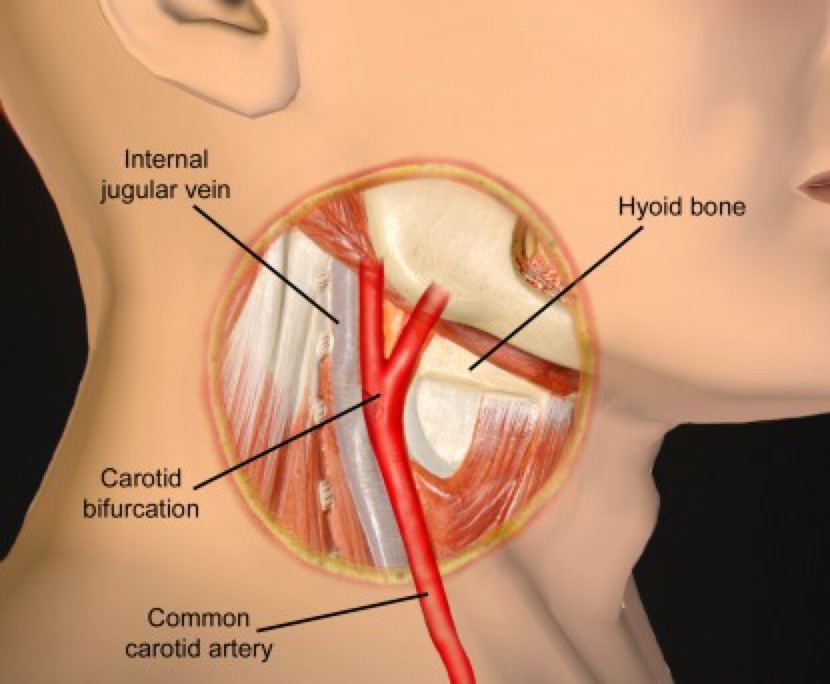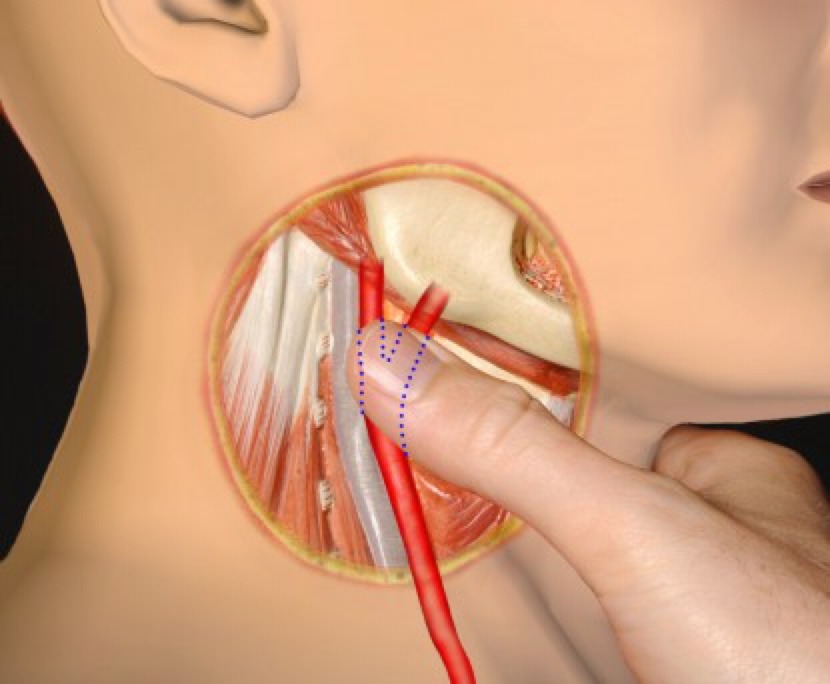Nezhul
Angry Flufferpuff
- Joined
- Sep 7, 2015
- Posts
- 2,241
As far as I know the safest way to choke someone with a hand is not apply pressure to the neck, but rather to the soft underside of the chin where neck meets the chin. This forces the tongue up and restricts breathing, but not completely.
Now in all serousness. When going for the breathblay/choking you need to first answer a serious question: What gets you going? BOTH you and your parnter need to answer that. You need to know what exactly your partner enjoys, and what exactly you enjoy - and even more importantly what any of you want to avoid.
Here are some options:
1) A hand around the throat is a power move. Often it's not really about restricting breathing as much as about just holding someone by the vital point. Hold hard but don't squeeze, and you will get what you need.
2) Breath restriction - it's when the breathing is restricted but not cut off completely, making the sub wheeze for air. The method I described above is a good example, but overall there are guides and tutorials on the net for safe techniques. Be aware that anything to do with the neck is extremely dangerous, because not only you can chole someone - you can snap their neck or restrict bloodflow to the brain. Generally it's not recommended to go for the neck play unless you REALLY know what you do. Also, never use rope or any other implement for choking.
2) Asphyxia. It's the enjoyment derived from the complete lack of air. The easiest and by far most effective way to do that is covering nose and mouth with a hand.
Toys: there are some hoods available with only small holes for breathing. These can be effectively used for breath play. Also one of my favorite toys is a kind of airbag that traps half of the air you exhale so that when you next inhale - you inhale already used air partially. I don't own one though, just like the idea.
Safety methods:
When playing with breath, make sure you agree on a signal when the sub can ask you to stop. Needless to say you stop immediately.
If the sub is bound, give them a heavy object to hold - like a small 0.5kg dumbbell. The sub can drop it if they feel threatened, and that's your signal. Also they will automatically drop it if they by chance go too far and start to lose consciousness.
Play safe and have fun.
Now in all serousness. When going for the breathblay/choking you need to first answer a serious question: What gets you going? BOTH you and your parnter need to answer that. You need to know what exactly your partner enjoys, and what exactly you enjoy - and even more importantly what any of you want to avoid.
Here are some options:
1) A hand around the throat is a power move. Often it's not really about restricting breathing as much as about just holding someone by the vital point. Hold hard but don't squeeze, and you will get what you need.
2) Breath restriction - it's when the breathing is restricted but not cut off completely, making the sub wheeze for air. The method I described above is a good example, but overall there are guides and tutorials on the net for safe techniques. Be aware that anything to do with the neck is extremely dangerous, because not only you can chole someone - you can snap their neck or restrict bloodflow to the brain. Generally it's not recommended to go for the neck play unless you REALLY know what you do. Also, never use rope or any other implement for choking.
2) Asphyxia. It's the enjoyment derived from the complete lack of air. The easiest and by far most effective way to do that is covering nose and mouth with a hand.
Toys: there are some hoods available with only small holes for breathing. These can be effectively used for breath play. Also one of my favorite toys is a kind of airbag that traps half of the air you exhale so that when you next inhale - you inhale already used air partially. I don't own one though, just like the idea.
Safety methods:
When playing with breath, make sure you agree on a signal when the sub can ask you to stop. Needless to say you stop immediately.
If the sub is bound, give them a heavy object to hold - like a small 0.5kg dumbbell. The sub can drop it if they feel threatened, and that's your signal. Also they will automatically drop it if they by chance go too far and start to lose consciousness.
Play safe and have fun.



